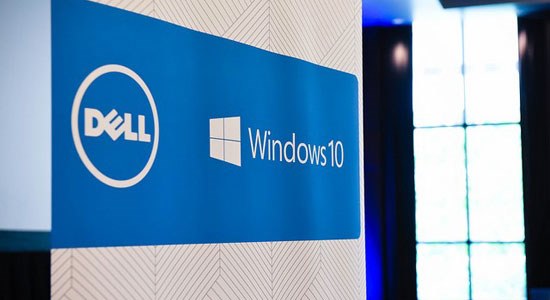The rollout of a new Windows operating system is a complex undertaking. Large business or small, there’s much to consider: balancing the benefits of the new operating system’s features and functionality against the risks of potential business disruption, employee resistance to change, and cost. When considering such a move, the two critical questions that must be answered are 1) Are the long-term gains worth the short-term risks; and if so, 2) When is the right time to pull the trigger?
Given the advantages of Windows 10 over previous versions, my team and I concluded the answers to those questions were an unequivocal YES and NOW. For those of you currently assessing your own migration to Windows 10, or already in the beginning stages, over the course of this blog series I’m going to share both the technical processes and philosophical aspects Dell IT is navigating as we go through our deployment. The detailed planning, the timelines, the testing, the results from early user experience, and especially the mis-steps along the way—I'll cover all these in detail in future posts. I'll also highlight Dell’s tools and products used to assess our readiness and make rapid deployment and adoption a reality.
Our decision to adopt Windows 10 came down to four core elements:
- First and foremost is security. Windows 10 offers a robust security model built on a foundation of 64-Bit UEFI and Secure Boot, which includes advanced security measures Credential Guard and Device Guard. We are leveraging both of these components; the first to protect against Pass the Hash attacks, and the second to eliminate exploits, viruses and malware. The introduction of these and other capabilities in Windows 10 make this the most secure version of Windows ever.
- Productivity. Windows 10 has been available to consumers for the past year and is running on over 300 million devices. Chances are many of your employees are already using Windows 10 at home, making the environment familiar and should help ease adoption anxiety at work. Windows 10 also incorporates some features of previous versions, including the welcome return of the Start Menu. Additional user-focused enhancements like Continuum (which makes a seamless transition from traditional desktop mode to an immersive touch experience for tablet mode on popular 2-in-1 devices), and Hello (advanced biometrics) make Windows 10 appealing to a greater number of worker profiles across the business.
- Management. Microsoft's new Windows as a Service delivery model provides the latest features and functionality via monthly updates and semi-annual upgrades to ensure that client systems maintain a secure common baseline. No more waiting 2 or 3 years for the next generation of capabilities. The remote and self-install function of Windows 10 makes an efficient and rapid deployment of this OS possible, not only improving the user experience, but also significantly reducing IT’s time and expense by avoiding physical touches and deskside visits. Microsoft has also designed Windows 10 to ensure upgrades from previous OS versions are more reliable and efficient.
- Availability across device eco-system. Windows 10 enabled devices are part of an integrated ecosystem of capabilities (think 365 and OneDrive) making access to data easy and secure, especially critical for the rapidly growing mobile workforce.
Dell is committed to migrating 30 percent of our Windows endpoints to Windows 10 by the end of this calendar year, and to be 100 percent complete by the end of 2017. As the newly awarded Windows 10 Deployment Partner of the Year by Microsoft, we know there’s a significant amount of planning required before, during and post-deployment. If you’re beginning to think about your own rollout of Windows 10 and worried you’re behind, you’re not. But now is the time to prepare and get started.
What are some of the concerns you’re having about your own enterprise-wide Windows 10 deployment?
